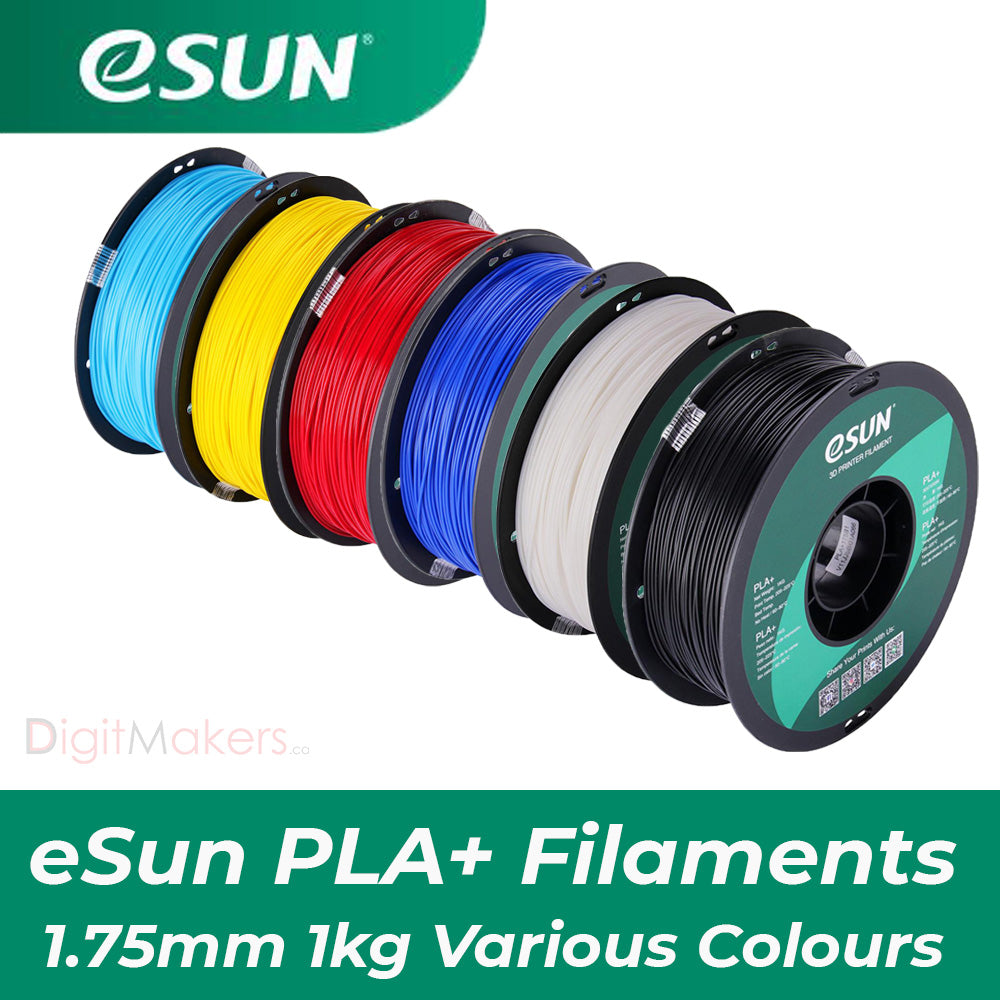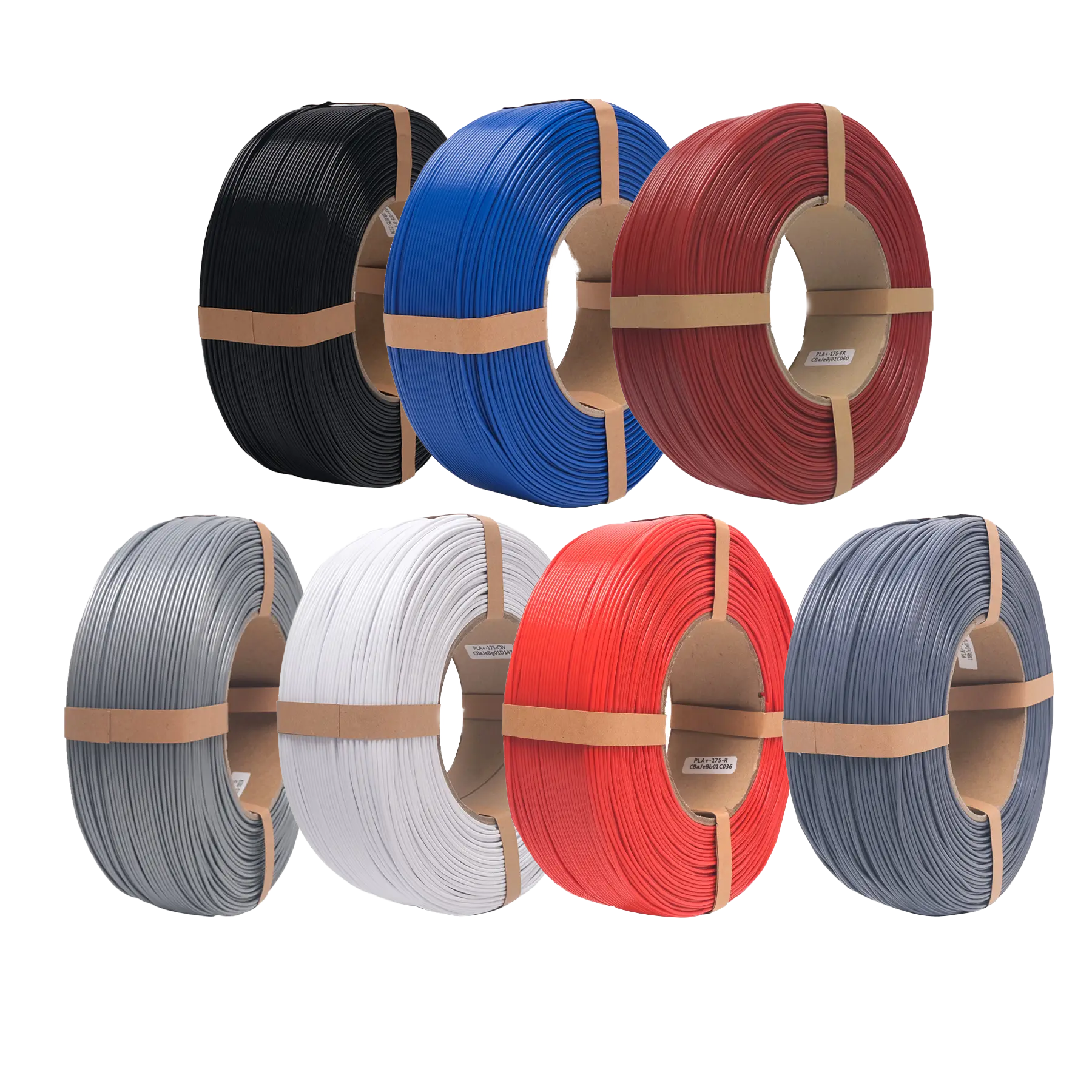Bambu Lab has quickly become one of the most trusted names in 3D printing, offering powerful, reliable machines that balance speed, precision, and ease of use. Two of their most popular printer packages—the Bambu Lab H2D Combo and the Bambu Lab H2S Combo—are often compared by makers who want the best performance for their projects.
If you’re wondering which one fits your needs, this guide breaks down the key differences, strengths, and best use cases for each model.
🔹 Understanding the Bambu Lab Extrusion Systems
Before diving into the details, it’s important to understand the key difference between the H2D and H2S:
-
Direct Drive (H2D): The extruder is mounted directly on the print head. This reduces filament travel distance, offering better control—especially for flexible or specialty materials.
-
Short-Bowden (H2S): Uses a compact bowden tube. This reduces weight on the print head, allowing faster, smoother movement. It’s excellent for high-speed printing with standard filaments.
This single design difference has a big impact on material compatibility, precision, and speed.

The Bambu Lab H2D Combo is designed with direct extrusion printing, making it particularly effective for flexible materials and consistent extrusion. Its design helps reduce filament path distance, ensuring smooth feeding and precise control over prints.
Best for:
-
Flexible filaments (TPU, TPE)
-
General-purpose PLA, PETG, and ABS prints
-
Users who value direct drive control for detail-oriented projects

The Bambu Lab H2S Combo features a short-bowden extrusion system, making it lighter and better suited for high-speed printing. This combo is ideal for makers who prioritize fast prototyping or batch production without compromising print quality.
Best for:
-
High-speed production runs
-
Prototyping with standard materials like PLA and PETG
-
Users who prioritize efficiency and throughput
🔹 Side-by-Side Comparison
| Feature |
Bambu Lab H2D Combo |
Bambu Lab H2S Combo |
| Extrusion Type |
Direct Drive |
Short-Bowden |
| Material Handling |
Best for flexible & specialty filaments |
Optimized for rigid & standard filaments |
| Print Speed |
Fast, but slightly less than H2S |
Extremely fast |
| Print Head Weight |
Heavier (slightly slower travel speed) |
Lighter (faster acceleration) |
| Print Detail |
Excellent for intricate models |
Excellent for speed + clean surface finish |
| Best For |
Flexible projects, precision parts |
High-volume prototyping, fast prints |
🔹 Which One Should You Choose?
-
✅ Choose the H2D Combo if you want maximum flexibility in materials (especially TPU or soft filaments) and need precise extrusion control. Perfect for makers experimenting with wearable tech, flexible parts, or functional prototypes.
-
✅ Choose the H2S Combo if your priority is speed and efficiency with rigid filaments like PLA or PETG. It’s ideal for users who need to produce multiple prints quickly without sacrificing reliability.
🔹 Final Thoughts
Both the Bambu Lab H2D Combo and the H2S Combo are outstanding 3D printing solutions, but they shine in different ways. The H2D excels at handling specialty materials with precision, while the H2S is built for high-speed, everyday performance.
At the end of the day, your choice should depend on what you print most often:
👉 You can explore both options here:












































































